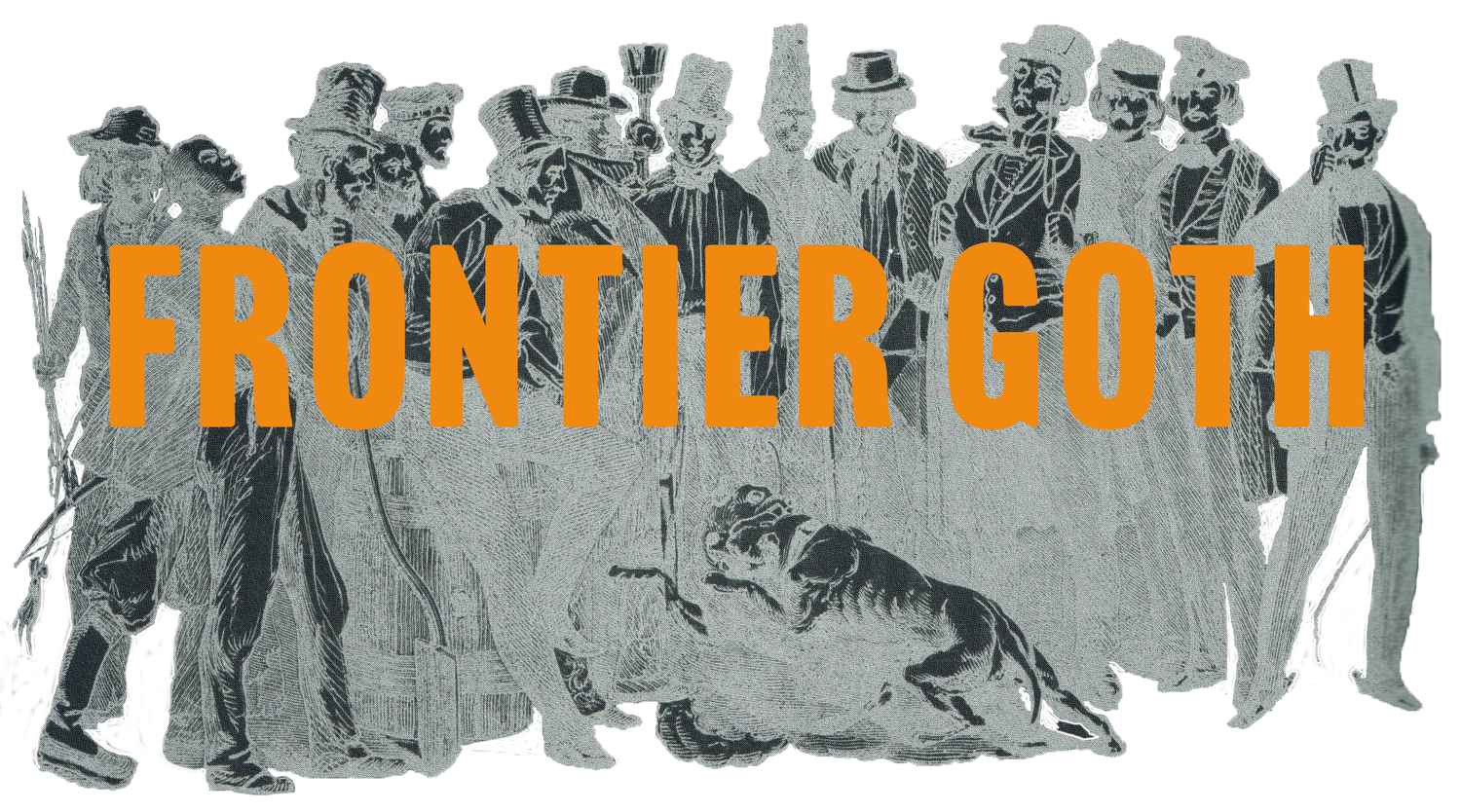A User’s Guide to Capitalism and Schizophrenia by Brian Massumi
“For Deleuze and Guattari, a plateau is reached when circumstances combine to bring an activity to a pitch of intensity that is not automatically dissipated in a climax leading to a state of rest. The heightening of energies is sustained long enough to leave a kind of afterimage of its dynamism that can be reactivated or injected into other activities, creating a fabric of intensive states between which any number of connecting routes could exist. Each segment of Deleuze and Guattari’s writing tries to combine conceptual bricks in such a way as to construct this kind of intensive state in thought. The way the combination is made is an example of what they call ‘consistency’ — not in the sense of a homogeneity, but as a holding together of disparate elements (also known as a ‘style’). A style in this sense, as a dynamic holding together or mode of composition, is not something limited to writing. Filmmakers, painters, and musicians have their styles, mathematicians have theirs, rocks have style, and so do tools, and technologies, and historical periods, even — especially — punctual events. Each section of A Thousand Plateaus carries a date because each tries to reconstitute a dynamism that has existed in other mediums at other times. The date corresponds to the point at which that particular dynamism found its purest incarnation in matter, the point at which it was freest from interference from other modes and rose to its highest degree of intensity. That never lasts more than a flash, because the world rarely leaves room for uncommon intensity, being in large measure an entropic trashbin of outworn modes that refuse to die.”
-Brian Massumi, 1992



